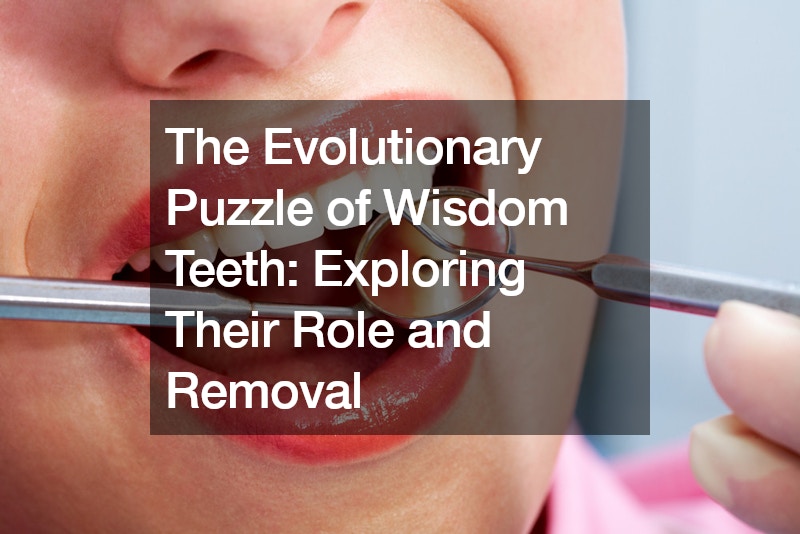Wisdom teeth, those notorious third molars that emerge later in life, have long been a subject of fascination and frustration in the realm of dentistry. As we delve into the evolutionary history and modern-day implications of these teeth, a complex narrative of adaptation and potential dental dilemmas unfolds.
To understand the role of wisdom teeth, it’s essential to delve into our evolutionary past.
Millennia ago, our ancient ancestors relied on these additional molars to grind up tough, fibrous foods in their raw state. Before the advent of cooking around seven thousand years ago, our diet primarily consisted of unprocessed meats and fibrous plants, requiring robust chewing apparatuses to break down these challenging food sources. In this context, wisdom teeth served as essential tools for survival, facilitating the efficient mastication of raw foods.
However, as human diets evolved with the introduction of cooking and softer, more easily digestible foods, the need for robust chewing apparatuses diminished. Our jaws gradually decreased in size over time, a phenomenon known as orthognathism, as they no longer needed to exert as much force during chewing. Despite this reduction in jaw size, the genes governing the number of teeth we grow remained unchanged. Consequently, our jaws often lack adequate space to accommodate all 32 teeth, including the wisdom teeth.
This discrepancy between jaw size and tooth count sets the stage for potential dental complications. Wisdom teeth typically emerge between the ages of 16 and 18, long after the other teeth have already taken up available space in the mouth. As a result, wisdom teeth often become impacted or trapped within the jaw, unable to erupt fully into the oral cavity. This impaction can lead to various issues, including pain, swelling, and an increased risk of infection and tooth decay.
One of the primary concerns associated with impacted wisdom teeth is their propensity to create a narrow crevice between the teeth, making thorough cleaning difficult. This dental nook becomes a magnet for food debris and bacteria, increasing the likelihood of decay and gum disease if left untreated. Furthermore, impacted wisdom teeth may exert pressure on adjacent teeth, causing misalignment and discomfort.
To mitigate these potential risks, dentists often recommend the removal of wisdom teeth before they become problematic. This preventive measure aims to preemptively address potential issues and safeguard oral health. However, the decision to remove wisdom teeth is not without controversy.
Some within the dental community argue that the widespread removal of wisdom teeth may be unnecessary in certain cases. Approximately 38% of individuals do not develop all four wisdom teeth, and for those who do, not all may pose a threat to oral health. In such instances, the risks associated with surgery, including infection and nerve damage, may outweigh the potential benefits of removal. Moreover, advancements in dental hygiene and technology have enabled some individuals to maintain healthy wisdom teeth without intervention.
The debate surrounding the removal of wisdom teeth underscores the complexity of balancing preventive care with the avoidance of unnecessary procedures. While wisdom teeth can indeed pose significant dental challenges when impacted or misaligned, the decision to remove them should be informed by careful consideration of individual factors, including jaw size, oral hygiene practices, and the presence of symptoms.
In conclusion, the saga of wisdom teeth offers a compelling glimpse into the intricacies of human evolution and the complexities of modern dental care. From their ancestral role as vital chewing tools to their contemporary status as potential dental hazards, wisdom teeth embody the ongoing interplay between biology, environment, and oral health. As individuals navigate the decision whether to retain or remove their wisdom teeth, they embark on a journey that encapsulates the evolutionary legacy of our species and the ever-evolving landscape of dental science.
.

